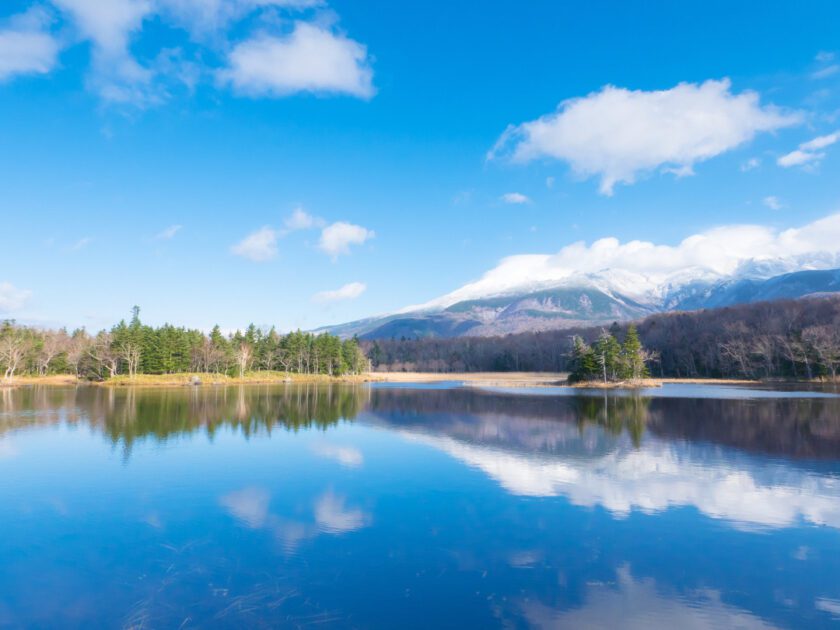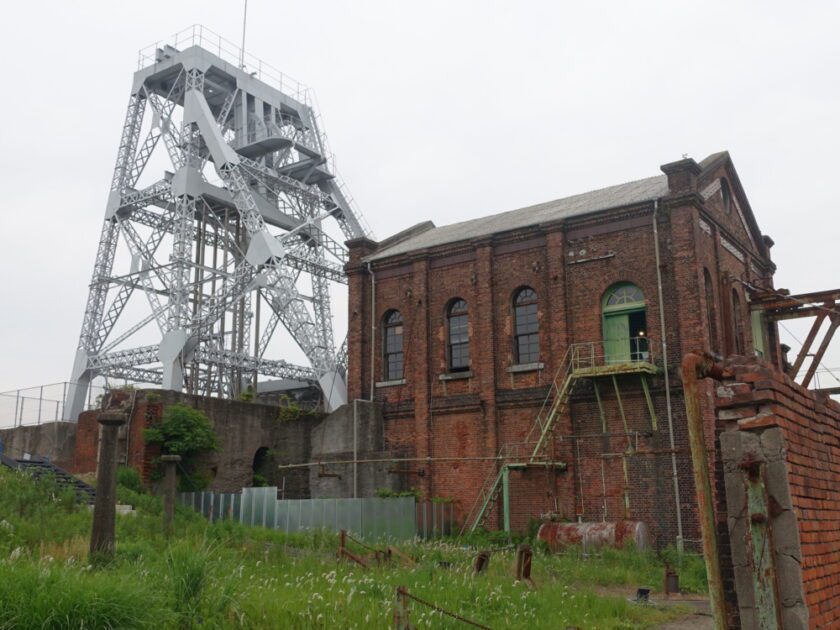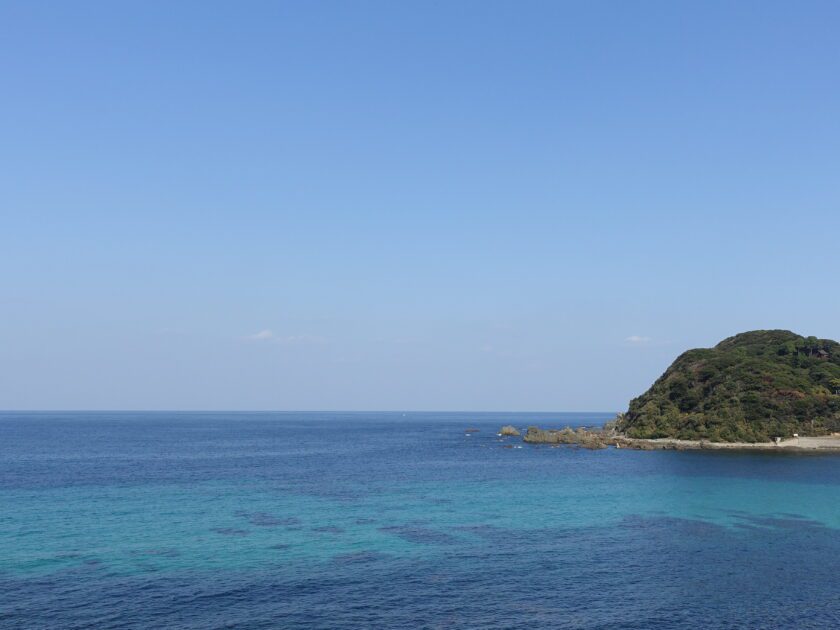Tourist attractions in Nara Prefecture2
Tourist attractions in Nara Prefecture2 On the second day, we cycled around some of Nara Prefecture’s most famous sights, including Kasuga Taisha Shrine, Todaiji Temple, and Kofukuji Temple. Table of Contents 1: Kasuga Taisha Shrine 2: Todaiji Temple 3: Shosoin 4: Hannya-ji Temple 5: Kofuku-ji Temple 6: Gango-ji Temple 7: Jurin-in Temple 8: Nara Station (2nd generation station building) 1: Kasuga Taisha Shrine Kasuga Taisha was founded in 768. It is the headquarters of around 1,000 Kasuga shrines throughout Japan. Kasuga Taisha is registered as a World Heritage Site ‘Cultural Asset of Ancient Nara.’ The main deity, Takemikazuchi no Kami, is said to have ridden a white deer to the shrine, and deer are used as his messengers. For this reason, many deer are in the Nara Park area, delighting tourists. However, be aware that some deer can be vicious, poking and biting people with their antlers. Three times a year (Setsubun, 14 and 15 August), the ‘Kasuga Mandoro’ ceremony is held in Fujinami-no-ya, where all the lanterns are lit. This is a recreation of the former Shinto ritual ‘Kasuga Mantoro,’ where visitors can see the marvelous light of some 3,000 lanterns floating in a pitch-dark space. Fujinami-no-ya






